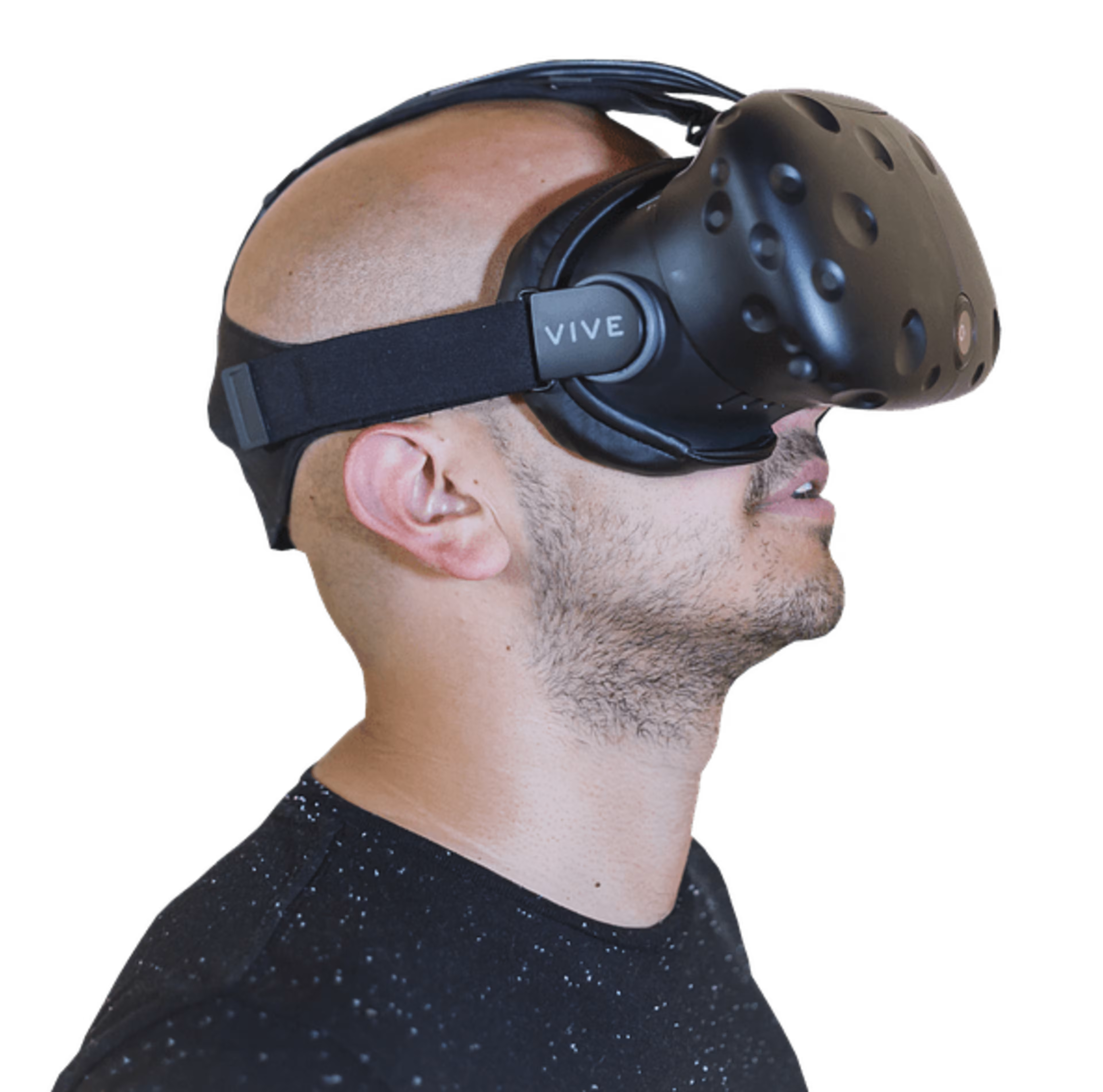Collaboration is a vital part of the building and infrastructure design and construction process. Email just doesn't cut it as a collaboration tool anymore.
Explaining ideas to multiple collaborators results in long threads that are hard to keep track of, and unanswered questions and unhelpful feedback get buried in the process.
And that's to say nothing of all those attachments—including contracts, drawings, and models—that make chains unwieldy because of size constraints. Forget about keeping track of versions and recipients.
The good news about email's shortcomings? A wealth of new ideas, workflows, construction management software, and technologies have emerged in recent years that are both easily accessible and improve the collaboration process.

4 tech advances that facilitate design and build collaboration
So, what makes these recent technological developments superior to, say, sharing ideas over Slack groups and email chains? It's the visuals.
A 2015 study published in the International Journal of Technology and Design Education concluded that visually supported collaboration technology enhanced student collaboration experiences, resulting in a better overall completed construction project.
From hosting initial meetings and sharing visions to passing on detailed design information, here are four ways to use visually oriented technology in your workflow to facilitate collaboration success.
1. It all starts with BIM
Building Information Modeling (BIM) is the cornerstone of the future of collaboration in construction. By using open international data standards—such as Industry Foundation Classes (IFC) for model-based data and PDFs for paper-based communications—BIM becomes openBIM, putting data at the center of solutions.
This gives project stakeholders of all types the ability to use information across a large spectrum, sharing detailed information about a building over its entire life cycle, from concept to completion.
BIM has been around for a while, but more adoption is needed to overcome the challenges inherent in a such a complex collaborative environment.
François Lévy, (M.Arch, MSE), AIA, author, and partner at Lévy Kohlhaas Architecture, said:
Our firm uses BIM for the entire project design cycle, from the earliest design concepts to documentation of Request For Information (RFI) in construction, and everything in between. As a result, we can accelerate our design process through improved visualization, coordination, and documentation—and validate design decisions through BIM's inherent data-driven intelligence.
2. Set project expectations with virtual reality

(Source)Virtual reality (VR) has been making more and more headlines in the past few years. Many of today's VR tech applications in the building industry focus on design representation and simulation, allowing clients to share experiences with designers by “walking through" virtual prototypes of their projects during the design stages.
The tech also helps contractors simulate the intricacies and dependencies of construction sequencing.
VR tech gives clients and collaborators a better understanding of the scope of a project and facilitates the decision-making process, especially for concepts that are difficult to fully communicate through static 2D drawings and charts. Another benefit? You won't need to be on site to realistically explore the options.
Not all VR offerings require a hefty investment in equipment; some operate with any web-enabled device and even offer immersive stereoscopic mode if you have a smartphone and arguably inexpensive phone-holding headsets such as Google Cardboard, Google Daydream View, or Samsung Gear VR.
3. Work together in the cloud
Cloud-based integration, available for multiple software types, has a myriad of uses throughout a project life cycle, including making important project data sharing easier and more intuitive. Use this technology to reduce time and mistakes when shuffling files and information between members of a widely distributed team.
New technologies, such as the recent partnership of Vectorworks Cloud Services and BluebeamStudio, allow project team members to quickly create and host real-time online review and markup sessions. This means less time and effort spent convening a project team in a single conference room or passing ideas back and forth via email or messaging platforms.
Instead, designers, contractors, and their clients can work concurrently on a set of information in PDFs. Coupled with online chat, voice, and video tools, you have a rich exchange with no lag time or ambiguity across states, the country, or even the globe.
4. The future is augmented reality
We're seeing more innovation surrounding augmented and mixed reality tech, but what are they, exactly? And how can they possibly impact construction?
With augmented reality (AR), graphical and non-graphical data is streamed into the user's field of vision of the real world. Mixed reality (MR), on the other hand, takes elements of AR and allows further interactivity between the virtual and the real. Real-world elements not only have data overlaid, but can impact or be impacted by the data stream.

(Source)
Although we're still in the earliest stages of development and experimentation with AR and MR—often seen in simple consumer-level games—we can imagine how this technology can be used in collaborative workflows.
With the ability to superimpose a design on real space using a mobile device, designers can better illustrate their vision to clients and contractors in real-world scale, context, and environmental conditions.
Job supervisors may soon be able to conduct daily inspections and compare results to a superimposed progress model, with discrepancies highlighted. Results are quickly noted and conveyed back to the design and construction teams for resolution or approval.
No more looking up and down, shifting focus from the real world to scaled 2D pages and back again; what is and what should be are merged without the need for human abstraction and interpretation, reducing errors and time spent correcting them.
What technology do you use in your construction business?
According to a 2018 Automation in Construction study, AR and BIM integration can reduce cognitive failures and increase productivity (when compared to a control group). These are just a few examples we see developers prototyping today. Who knows what tomorrow will bring?
It's great to live in a time when technology continues to give designers, contractors, project managers, and clients easier ways to collaborate each year. By implementing these technologies, you may find yourself meeting deadlines, and saving money in the long run.
Is your construction business using any of these technologies? Which ones, and how have they helped? What technology are you excited to try next? Let us know in the comments!